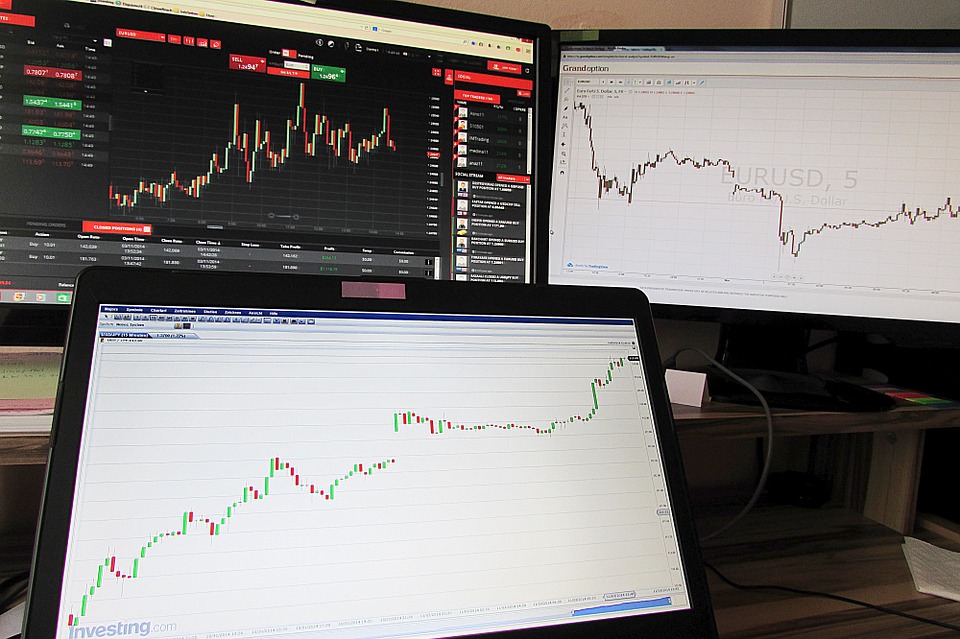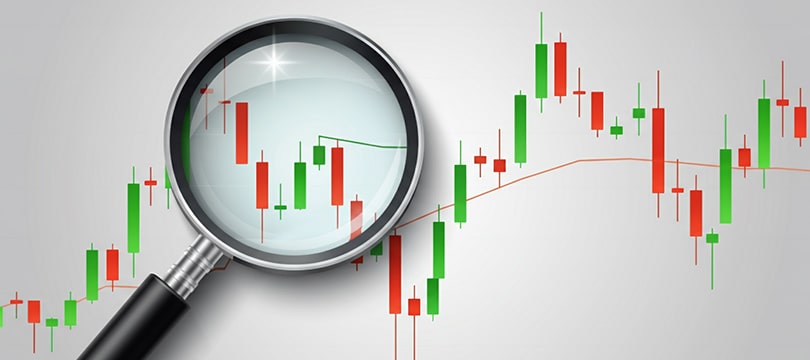Fundamental Analysis: Currencies vs. Stocks vs. Commodities
July 9, 2021

Fundamental analysis is one of the pillars of any trading activity worthy of the name. It goes hand in hand with technical analysis, although some tend to consider them as mutually exclusive and incompatible. In reality, they can and should go together.
Fundamental analysis, to be precise, studies the events that can impact prices. If possible, it is even more complicated than technical analysis as it requires a certain capacity for interpretation as well as particular knowledge about the "history" of assets and the mechanisms of socio-economic contexts.
A further element of difficulty, moreover not shared with technical analysis, concerns the differences between the analytical practices of the various asset classes. In essence, each asset class requires a precise and specific way of practicing technical analysis.
Below we discuss this topic, circumscribing the analysis to three asset classes: currencies, stocks, and commodities. Certainly, there are similarities, but there are also numerous differences.
Fundamental analysis... Truly fundamental
Before discussing the differences, in terms of fundamental analysis, between currencies, stocks, and commodities, it is good to dedicate a few words to fundamental analysis as such. Why is it so important? The answer is simple: because markets are not watertight compartments. They are not so with respect to each other, as they influence each other. They are not so with respect to what happens outside, that is, in extra-market contexts. In short, events that occur in economic, financial, and even political contexts generate an impact on prices. The origins of this impact can be symbolic and technical.
They are symbolic when investors react by buying or selling an asset as an expression of an economy or a specific sector. So, when such an economy or sector shows signs of growth or decline, investors act accordingly, reflecting on the asset connected to it.
They are technical as certain assets undergo changes in demand or supply by virtue of a specific event. To tell the truth, this is the strongest link, the one that most affects prices. The most frequent dynamic, however, sees a mixture of symbolic and technical motivations.
Fundamental analysis, therefore, is a mandatory obligation for traders. If ignored, and entirely replaced with technical analysis, there is a risk of drawing evidences that prove to be incorrect. In essence, technical analysis is not enough. To tell the truth, even fundamental analysis is not enough. The two practices must go hand in hand.
That said, we can talk about the differences between the "fundamental analyses" of currencies, stocks, and commodities. Incidentally, the major differences concern not so much the analysis practices, but the object of the analysis, that is, the events to be studied. These events are called market movers.
Fundamental analysis: the commonalities between the three asset classes
Let's start with the commonalities, that is, the market movers that, certainly with different degrees of intensity, the three asset classes share.
Certainly, currencies, stocks, and commodities are susceptible to the performance of the real economy. After all, they are, to a greater or lesser extent, an expression of the strength of one or more real economies. This link is very tight when it comes to currencies. Thus, the euro is susceptible to the economic performance of the Euro area. If the economies of Germany, Italy, Spain, Portugal, etc. grow, then the euro gets an upward push. The opposite happens if these economies decline.
As for stocks, exactly the same thing happens. With the only difference that not only the economies as a whole must be analyzed, but also and above all the sectors. So, if you are trading with an automotive sector stock, you need to look at the performance of the automotive sector.
The discourse is more nuanced, but still valid, if we are talking about commodities instead. Basically, the performance of the world economy should be analyzed. So, when the world economy is doing well, and demand is growing, oil (just to name one) appreciates. However, more weight should be given to the performance of economies that "consume" truly significant shares of a certain good. For example, China is "hungry," more than many other countries, for rare metals.
From this perspective, events that, although extemporaneous, convey a perception of instability should also be analyzed. Obviously, these vary from asset to asset, although they may be transversal to them. Thus, the sudden collapse of a government or the outbreak of social tensions can cause a depreciation of the currency operating in that context. Similarly, the outbreak of unrest or worse armed conflicts in an oil-exporting country causes a devaluation of oil itself.
Fundamental analysis: the specificities of the three asset classes
The elements of divergence are more numerous than the commonalities. Here are some of the specific market movers for these three asset classes.
Currencies are very susceptible to the monetary policies of central banks. So, when interest rates change or any Quantitative Easing programs are tweaked, the relative currency's quotations undergo a push: upward when the policy tightens; downward when it becomes more accommodative.
Stocks, on the other hand, are susceptible - truly susceptible - to the economic and financial data of the issuing companies. This is not new, and indeed is part of the knowledge widespread even among laypeople, small savers. When a company expresses a certain strength in the reference market, perhaps because it records an increase in turnover, the quotations of its stock tend to rise. The opposite obviously happens if the data worsen, or if they signal a precarious balance sheet condition.
As for commodities... It depends on the commodities. Almost every asset has its own precise assets. Normally, these are events capable of heavily affecting supply, more than demand. So, with regard to oil, the reference is to OPEC decisions, which can deliberate production cuts. As for wheat, cocoa, and other food products, what affects them are changes in production policies rather than a period of drought.
It should be noted, however, that these market movers still enjoy a certain transversality (with respect to asset classes). For example, monetary policies also impact stocks. However, they do so less intensely than they do with currencies.




